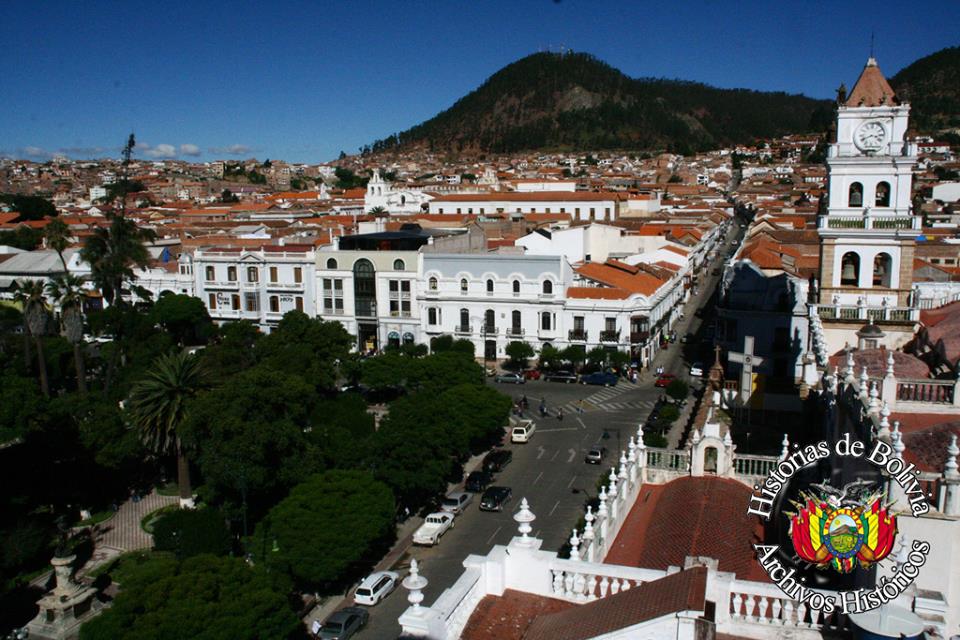When we think of South American capitals, many may immediately envision the vibrant streets of Buenos Aires or the historical allure of Lima. However, the capital de Bolivia stands out as a unique blend of culture, history, and geography. Nestled high in the Andes mountains, La Paz is not just an administrative capital; it embodies the heart and soul of Bolivian identity. With its breathtaking landscapes and rich indigenous heritage, La Paz invites travelers and locals alike to explore a tapestry of experiences that are both captivating and profound.
As the highest capital city in the world, sitting at an elevation of approximately 3,650 meters (11,975 feet) above sea level, the capital de Bolivia offers stunning panoramic views and a climate that can be both exhilarating and challenging. The city's altitude affects everything from the daily lives of its residents to the culinary delights that are served on its bustling streets. Visitors may find themselves gasping for breath, not just from the altitude but also from the sheer beauty of the surrounding mountains and valleys.
In addition to its geographical uniqueness, La Paz is a city rich in culture and tradition. It serves as a melting pot of indigenous Aymara and Quechua influences, which are evident in the city's architecture, festivals, and everyday life. From the colorful markets filled with local crafts to the majestic Witches' Market, where traditional medicine and rituals are at the forefront, the capital de Bolivia is a treasure trove for those eager to dive deep into Bolivian heritage.
What Makes La Paz the Capital de Bolivia?
La Paz was officially established as the seat of government in 1898, but its history dates back centuries as a significant cultural and political center for the indigenous people of the Andes. The city serves as the administrative capital, while Sucre is the constitutional capital. This duality often raises questions about the role La Paz plays in Bolivia's governance and identity.
What Are the Key Attractions in the Capital de Bolivia?
La Paz is home to a multitude of attractions that highlight its rich history and culture. Some of the must-visit spots include:
- Plaza Murillo: The main square, surrounded by important government buildings.
- Witches' Market: A vibrant market where traditional herbal remedies and mystical artifacts are sold.
- Valle de la Luna: A unique geological formation resembling a lunar landscape.
- Teleférico: An aerial tramway system offering stunning views of the city and surrounding mountains.
How Does La Paz's Altitude Affect Visitors?
The high altitude of La Paz can be a shock for many visitors. Symptoms of altitude sickness, such as headaches and nausea, can occur, particularly for those who are not acclimatized. It’s advisable to:
- Stay hydrated by drinking plenty of water.
- Avoid strenuous activities for the first few days.
- Consider consuming coca tea, a traditional remedy.
What Is the Cultural Significance of La Paz?
The capital de Bolivia is a vibrant hub of cultural expression. Festivals such as the Annual Gran Poder Festival celebrate indigenous traditions through colorful parades, music, and dance. The blending of ancient customs with modern influences is evident in the city’s art, cuisine, and daily life.
What Culinary Delights Can Be Found in La Paz?
The food scene in La Paz is as diverse as its population. Some traditional dishes to try include:
- Sylpancho: A fried meat dish served with rice and potatoes.
- Pique Macho: A hearty dish of beef, sausages, and peppers.
- Salteñas: Savory pastries filled with meat or vegetables.
How Is Transportation Managed in La Paz?
Transportation in La Paz can be an adventure in itself. The city features a network of buses and minibusses that connect various neighborhoods. However, the Teleférico stands out as a unique and efficient mode of transportation, providing breathtaking views of the city as it traverses the mountainous terrain.
What Are the Challenges Facing the Capital de Bolivia?
Despite its beauty and cultural richness, La Paz faces several challenges, including socioeconomic inequality, pollution, and the impacts of climate change. Efforts are ongoing to address these issues while preserving the city's unique character.
Conclusion: Why Visit the Capital de Bolivia?
La Paz, the capital de Bolivia, is more than just a city; it’s an experience that immerses visitors in the heart of Bolivian culture and history. From its stunning landscapes to its vibrant markets, La Paz offers a unique glimpse into a world where tradition and modernity coexist. For adventurers, culture seekers, and history buffs, La Paz is an unmissable destination that promises to leave a lasting impression.
You Might Also Like
Discovering Hector From Coco: The Heart And Soul Of The Land Of The DeadUnveiling The Mysteries Of El Señor De Los Cielos 9
Tennessee Vs South Carolina: A Clash Of Titans In College Football
Star-Crossed Lovers: The Epic Love Story Of Anakin And Padmé
Rediscovering The Jungle Back On 74: A Journey Through Nature's Heart
Article Recommendations
- Emily Rudd Relationships
- Black Clover Charcaters
- Jeffrey Dahmer Real Crime Scene Photos
- Diddy Dick Pic
- Ksweetness4 Nsfw
- River Russell Deary
- Glen Powell Top Gun Workout
- Zeeko Zaki Wife
- Sisterhood Of The Traveling Pants 3 The Latest Updates 5212151
- Ali Peters
.jpg)

